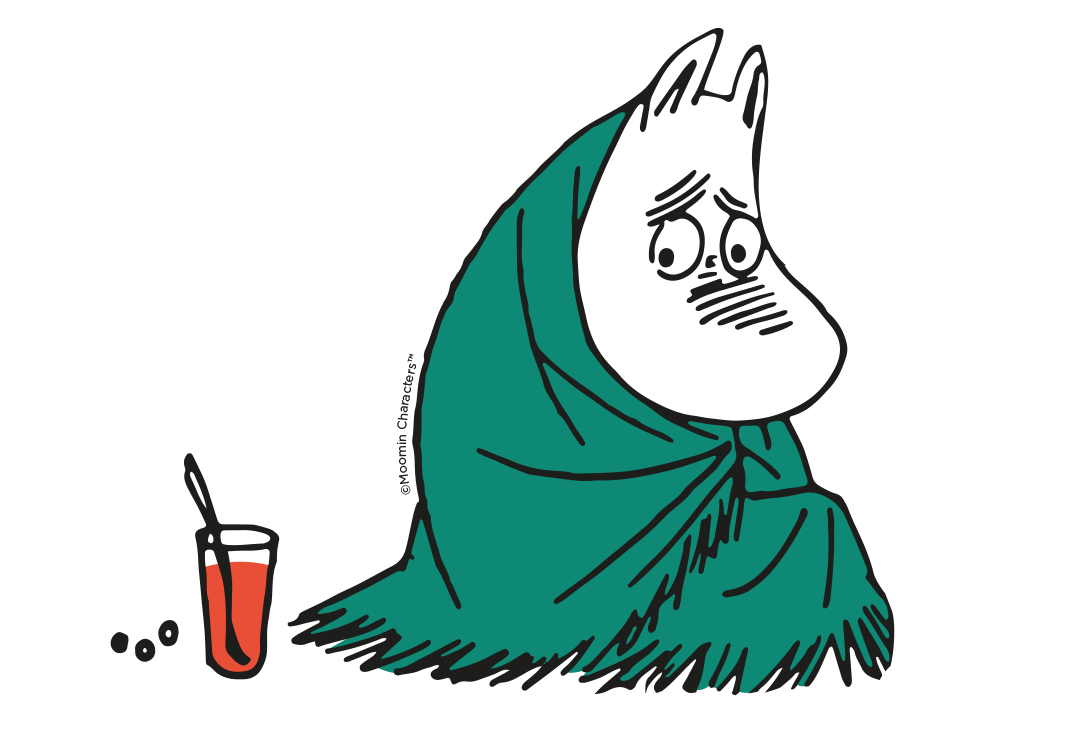
Children's Mehiläinen

Doctor's appointment
Children's Mehiläinen provides you with the building blocks of a good childhood. In addition to our paediatricians, you have access to the services of our specialists.
Digital Clinic
You can get help with your children's health issues without an appointment from the OmaMehiläinen Digital Clinic, where doctors and nurses help around the clock.
Children's Mehiläinen
Childhood consists of a variety of factors – Children’s Mehiläinen provides you with the building blocks of a good childhood. In addition to our paediatricians, you have access to the services of our otorhinolaryngologists and other experts. If you have any concerns about your child's health, we're here for you.
You can contact us through the OmaMehiläinen Digital Clinic, where doctors and nurses provide help without an appointment. We also treat small as well as bigger patients through remote appointments and at our medical clinics around Finland with more than 110 years of experience.
Welcome!

Families with children recommend Mehiläinen
The higher the score, the more families with children will recommend Mehiläinen to others.
Children's diseases and accidents
Inflammation of the ear
Inflammation of the ear is a common disease in infants and young children, often appearing as a sequel of the flu.
Skin problems
Various types of rashes are very common in childhood the causes and symptoms of which may be due in part to, for example, atopic dermatitis or allergies.
Allergies
The most common causes of allergic reactions are pollen, animal dust, and certain foods. Allergic symptoms vary in a child depending on age.
Fever
Fever in a baby or child is always a symptom of something and therefore, the fever should be monitored. If the fever persists, you should see a doctor.
Stomach diseases
The majority of cases of diarrhea and diseases that cause vomiting in children are caused by viruses. Most important treatment is to maintain fluid balance.
Poxvirus diseases
Poxvirus diseases in children are associated with fever and various skin symptoms. With the exception of scarlet fever, poxvirus diseases are caused by viruses.


If Direct Reimbursement – pay only the deductible
When a child has been insured with If Child Insurance, you will only pay the possible deductible when accessing Mehiläinen's services. We will submit a claim for compensation on your behalf. If Direct Reimbursement can also be granted for Digital Clinic appointments.



